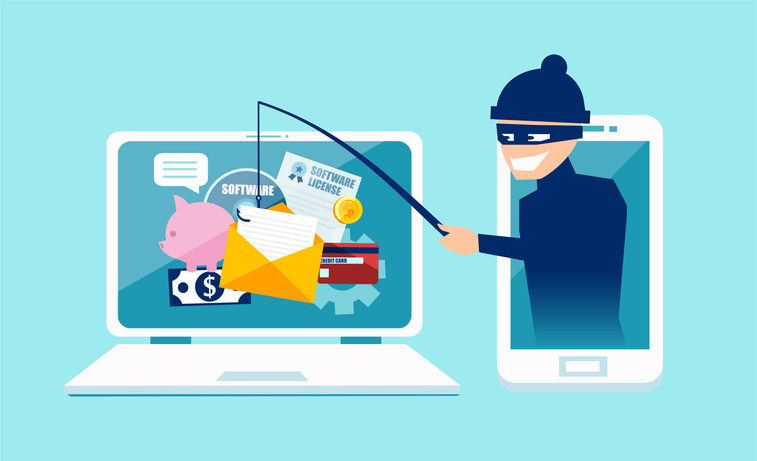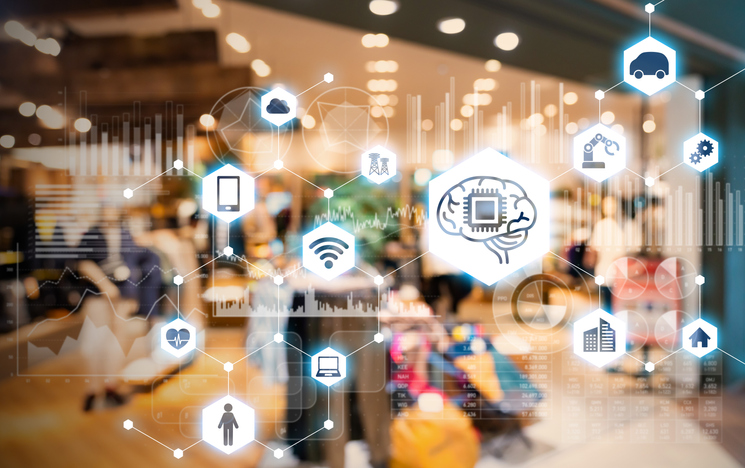
The Rise of MarTech: Navigating the Intersection of Marketing and Technology
Is your organization struggling with the intersection of marketing and technology? If so, you’re not alone — marketers everywhere are.
There is a crisis in boardrooms and offices around the world: who owns marketing technology? Is it the CIO or CTO, who doesn’t always understand how data is utilized by the marketing teams or best practices to provide an exceptional customer experience? Is it the CMO, who is struggling to stay abreast of how all the various tech options fit together — and managing complex projects while staying on top of marketing initiatives? Or are these professionals working to bring their teams together into a new hybrid that is still being defined? Welcome to the rise of MarTech: where marketing and technology intersect. It’s not always a pretty landscape, but many organizations are navigating through this season of change within the business.
Marketers Love Their Technology
Marketers are generally a creative bunch and are increasingly engaged with the selection of tech, especially as it relates to their specific job functions. Today’s data-driven CMOs are looking for ways to measure their advertising spend, analyze their marketing program results and create timely and relevant messages for their audience. This requires a great deal of integration between the trifecta of communications infrastructure: marketing automation, website CMS (content management systems) and CRM (customer relationship management) solutions. Some smaller organizations are able to utilize a single system for several of these functions, but there is still a level of complexity involved in scoping functionality, acquiring trusted vendors, creating timelines and ultimately approving the user stories and processes. Enter the IT team.
IT Teams Want to Retain Control
Marketers love their data, but IT teams have historically retained control of everything database-related. This tension is an ongoing one, and one that can cause frustration on both sides of the spectrum. Marketers are constantly driven by a need for change and finding the best possible solution for their business needs while technologists tend to take a more sedate path to find a solution. This can cause marketers to go off the reservation and create an unruly tangle of solutions that not only don’t work well together — they often don’t work at all, and might be a security risk besides! It’s incredibly challenging to keep track of the volume of change in the MarTech world, as new platforms are cropping up on a daily basis. In fact, it’s so convoluted that ChiefMarTech.com puts out an annual supergraphic of what it calls the “MarTech 5000“. The 2019 edition has a note showing that the completely illegible list is now made up of over 7,040 entrants in a range of sections broken down into:
- Advertising & Promotion
- Content & Experience
- Social & Relationships
- Commerce & Sales
- Data
- Management
Oddly enough, data and management are two of the smallest buckets but ones that likely contain some of the most powerful tools in marketing — or technology.
Managing Disruption
“Marketers are being asked to do more with less and so they buy into the digital hallucinates that are out there,” according to Former Commonwealth Bank and Foxtel chief marketing officer Andy Lark. There are hundreds of businesses selling little more than “smoke and mirrors” instead of digging deep into the reasons that MarTech can work for the business. This means looking at the core business and marketing functionalities that are needed, a place where IT professionals and marketers can come together as they’re defining requirements instead of waiting for salespeople to come to them. No matter how easy technology salespeople say it is to manage these massive MarTech systems, there are still technical requirements that will end up either back in the hands of your IT department or with marketers needing the ongoing support of external technical staff. Either of these solutions can cause disruption to the business, which is why it’s critical that marketing and technology teams work in lockstep to determine which — if any — new platforms are implemented in the near future.
Even adding a simple module to SalesForce, Adobe or Oracle can have unintended consequences, especially when it comes to data privacy and security — a top concern for IT and marketing alike. The recent spate of legislation around privacy reminds senior leadership that this must be kept top of mind and managed actively. That can be difficult if organizations are saddled with a makeshift raft of platforms that float together well as long as the waters are not bumpy. When you need to track the specific actions of individuals through various systems, IT pros and marketers alike will be reminded that sometimes “less is more” when it comes to new systems and integrations.









